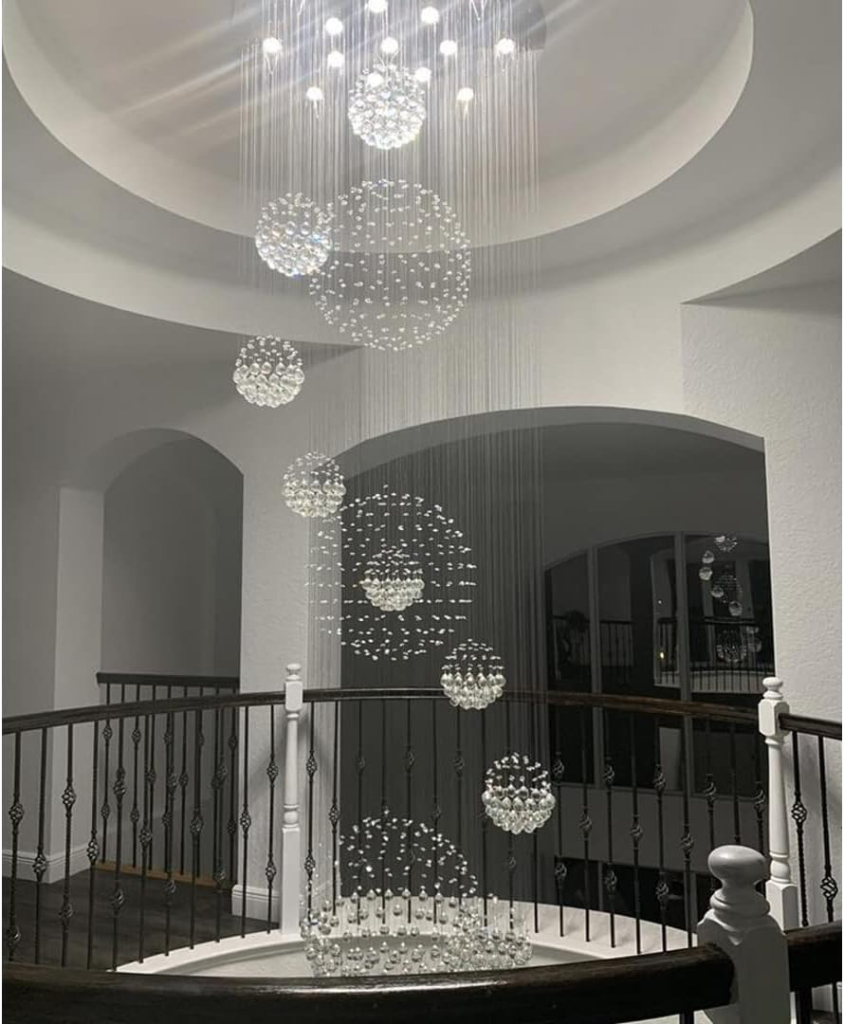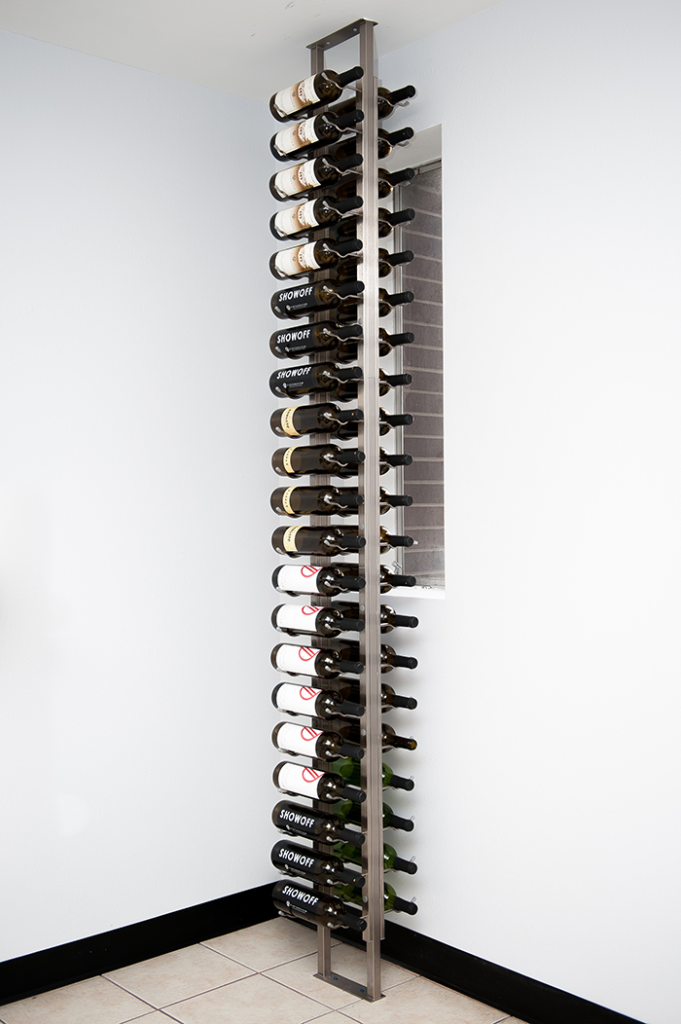When it comes to efficiently cooling your home or office, you want a system that combines power, convenience, and style. A Mini Split AC with Ceiling Cassette offers all that and more. This system is becoming increasingly popular because of its versatility, energy efficiency, and sleek design. In this article, we’ll explore what a mini-split AC system with a ceiling cassette is, how it works, and why it might be the ideal choice for your cooling needs. We’ll also dive into the benefits and installation process to give you a comprehensive understanding of this innovative cooling solution.

What is a Mini Split AC with Ceiling Cassette?
A Mini Split AC with Ceiling Cassette is a type of air conditioning system that provides a flexible, efficient way to cool or heat a space. Unlike traditional central air conditioning systems, which require extensive ductwork, mini-split systems are ductless. This makes them ideal for homes or buildings that don’t have ducts or where duct installation would be costly or impractical.
The ceiling cassette is the indoor unit of a mini-split system. It is mounted on the ceiling, where it can distribute air evenly throughout the room. The ceiling cassette is discreet, as only the grille is visible from inside the room, making it a great option for those who want to keep the aesthetics of their space intact.
How a Mini Split AC with Ceiling Cassette Works
Like other mini-split systems, the Mini Split AC with Ceiling Cassette consists of two primary components:
- Outdoor Unit – This unit houses the compressor and condenser and is usually installed outside the building.
- Indoor Unit (Ceiling Cassette) – This unit is installed on the ceiling inside the room you want to cool or heat. It is connected to the outdoor unit via refrigerant lines.
Read too: Shiplap Ceiling in Kitchen: A Timeless Trend for a Stylish and Cozy Space
The system works by drawing warm air from inside the room, passing it over a coil that contains refrigerant, and then expelling the heat outside through the outdoor unit. The indoor unit then blows the cooled air back into the room. This process is highly efficient because the system only cools the rooms you want, rather than cooling an entire house like a central system.
Benefits of a Mini Split AC with Ceiling Cassette
1. Energy Efficiency
One of the primary advantages of a Mini Split AC with Ceiling Cassette is its energy efficiency. Mini-split systems use inverter technology, which allows the compressor to adjust its speed based on the cooling demand. This means the system doesn’t have to constantly turn on and off, which saves energy and reduces your utility bills. Additionally, since mini splits are ductless, there is no energy loss through ducts, which can account for up to 30% of energy use in traditional central air systems.
2. Zoned Cooling
Another major benefit of a Mini Split AC with Ceiling Cassette is its ability to provide zoned cooling. Because each indoor unit operates independently, you can cool only the rooms you use, rather than the entire home. This targeted approach leads to significant energy savings and improved comfort. For example, you can keep your living room cool during the day and your bedroom comfortable at night without wasting energy on unused rooms.
3. Sleek and Discreet Design
The ceiling cassette design is both stylish and practical. Installed flush with your ceiling, it takes up no wall space and is barely noticeable, apart from the grille. This makes it an ideal choice for rooms where aesthetics are a priority. The air distribution is also more balanced compared to wall-mounted units, as the ceiling cassette can direct air in multiple directions, ensuring even cooling throughout the space.
4. Quiet Operation
Mini-split systems, especially those with ceiling cassettes, are known for their quiet operation. The outdoor unit is designed to be whisper-quiet, and the indoor ceiling cassette operates with minimal noise. This is perfect for bedrooms, offices, or any space where you want to maintain a peaceful environment.
5. Easy Installation
Unlike central air conditioning systems, which require extensive ductwork and can take days to install, a mini-split system is relatively easy to install. The ceiling cassette requires only a small hole in the ceiling for the refrigerant lines, and the outdoor unit can be placed on the ground or mounted on the exterior of your building. Most installations can be completed within a day, making it a convenient option for both homeowners and businesses.
Choosing the Right Size for Your Mini Split AC with Ceiling Cassette
When selecting a Mini Split AC with Ceiling Cassette, it’s important to choose the right size unit for your space. The cooling capacity of mini-split systems is measured in British Thermal Units (BTUs). A unit that is too small will struggle to cool the space, while a unit that is too large will cycle on and off too frequently, wasting energy.
Here is a general guide to help you determine the right BTU capacity for your room:
- Up to 300 sq. ft. – 9,000 BTU
- 300-500 sq. ft. – 12,000 BTU
- 500-800 sq. ft. – 18,000 BTU
- 800-1,200 sq. ft. – 24,000 BTU
Keep in mind that factors such as insulation, ceiling height, and the number of windows can affect the size you need. It’s always a good idea to consult with a professional installer to ensure you select the right unit for your space.
Installation Considerations for a Mini Split AC with Ceiling Cassette
Installing a Mini Split AC with Ceiling Cassette is a straightforward process, but there are a few important considerations to keep in mind:
1. Location of the Indoor Unit
The ceiling cassette should be placed in a location where it can distribute air evenly throughout the room. Avoid placing it near walls or obstructions that could block airflow. Ideally, the unit should be placed in the center of the room for optimal air distribution.
2. Placement of the Outdoor Unit
The outdoor unit should be installed in a well-ventilated area, away from direct sunlight or other heat sources. It’s also important to place the unit on a level surface to avoid any vibrations or noise.
3. Professional Installation
While mini-split systems are easier to install than traditional HVAC systems, it’s still recommended to hire a professional to handle the installation. A professional installer will ensure that the refrigerant lines are properly connected, the system is charged with the correct amount of refrigerant, and the electrical components are safely wired.
Maintenance Tips
Like any air conditioning system, a Mini Split AC with Ceiling Cassette requires regular maintenance to keep it running efficiently. Here are a few maintenance tasks to keep in mind:
- Clean or Replace Filters – The filters in the indoor unit should be cleaned or replaced every few months to maintain good airflow and prevent dust buildup.
- Check the Refrigerant Levels – Low refrigerant levels can reduce the system’s efficiency and cooling capacity. Have a professional check and recharge the refrigerant if necessary.
- Inspect the Outdoor Unit – Make sure the outdoor unit is free of debris, such as leaves or dirt, which could obstruct airflow and reduce performance.
- Annual Professional Check-Up – It’s a good idea to have a professional technician inspect your system annually to ensure everything is working correctly and to catch any potential issues early.
Conclusion
A Mini Split AC with Ceiling Cassette offers an excellent solution for homeowners and businesses looking for an energy-efficient, quiet, and discreet way to cool their spaces. Its flexibility, zoned cooling capabilities, and sleek design make it a popular choice for both new constructions and retrofits. Whether you’re looking to cool a single room or an entire floor, a mini-split system with a ceiling cassette can provide the comfort and performance you need without the drawbacks of traditional ducted systems.
If you value energy savings, aesthetic appeal, and quiet operation, a Mini Split AC with Ceiling Cassette might be the perfect cooling solution for your home or office.


















